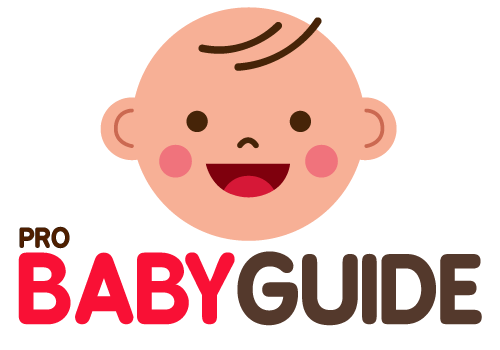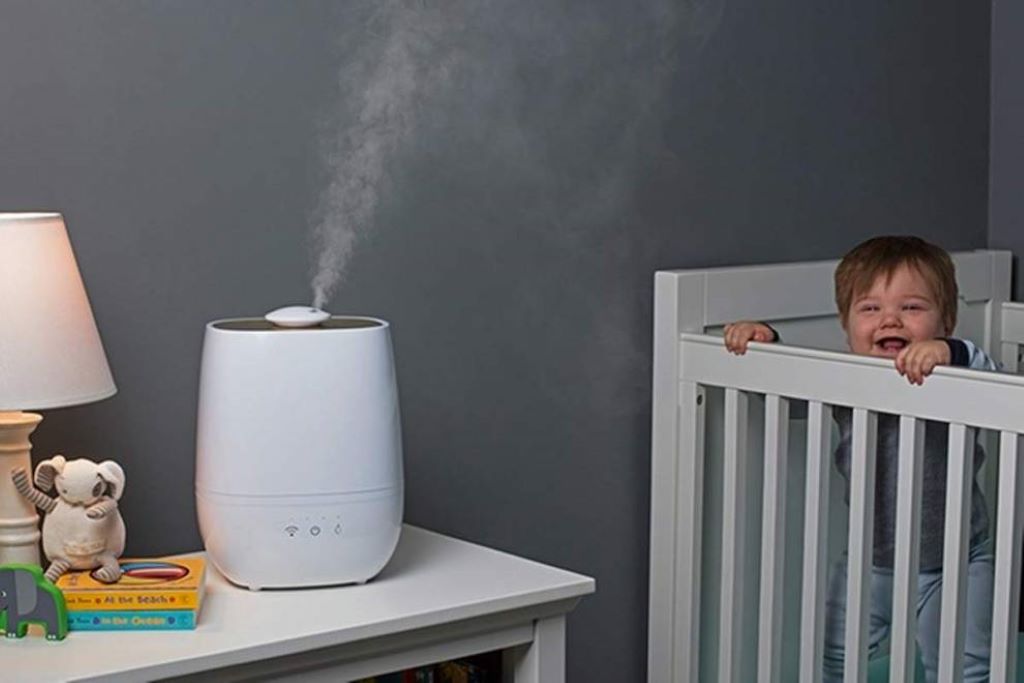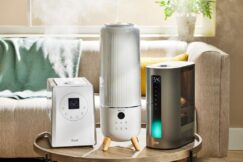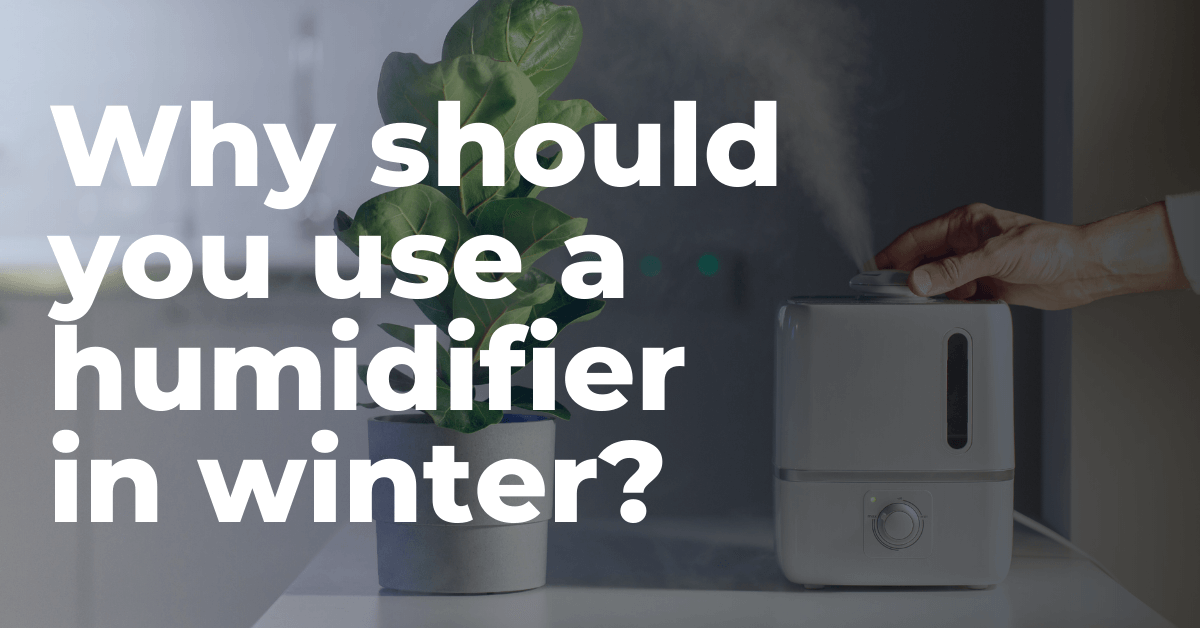Dry air can be a real discomfort for babies, especially during colder months or in arid climates. Warm mist humidifiers offer a solution by adding moisture to the air, which can help alleviate congestion, soothe coughs, and ease dry skin. However, choosing the right humidifier and using it safely is essential for your baby’s well-being.
Why Warm Mist for Babies?
While both cool and warm mist humidifiers exist, warm mist is often favored for babies for several reasons:
- Soothing Warmth: The gentle warmth of the mist can be comforting, especially during the colder months.
- Congestion Relief: Warm mist may help loosen mucus and provide relief from stuffy noses.
- Reduced Bacteria/Mold Risk: The heating process can kill bacteria and mold that might otherwise grow in cool mist humidifiers.
Key Safety Considerations
- Tip-Over Protection: Ensure the humidifier has a sturdy base and an automatic shut-off if tipped over. This is crucial to prevent burns from hot water.
- Cool-Touch Exterior: Choose a model with a cool-touch exterior to prevent accidental burns if your baby touches it.
- Automatic Shut-Off: This feature is essential when the water level gets low, preventing the unit from overheating.
- Easy-to-Clean Design: A humidifier with removable parts and a wide opening simplifies cleaning and disinfecting, helping prevent mold and bacteria growth.
- Humidistat (Optional): A humidistat allows you to set a desired humidity level, and the humidifier will automatically turn on and off to maintain it. This helps prevent the room from getting too humid, which can be a breeding ground for mold and dust mites.
Choosing the Right Size and Features
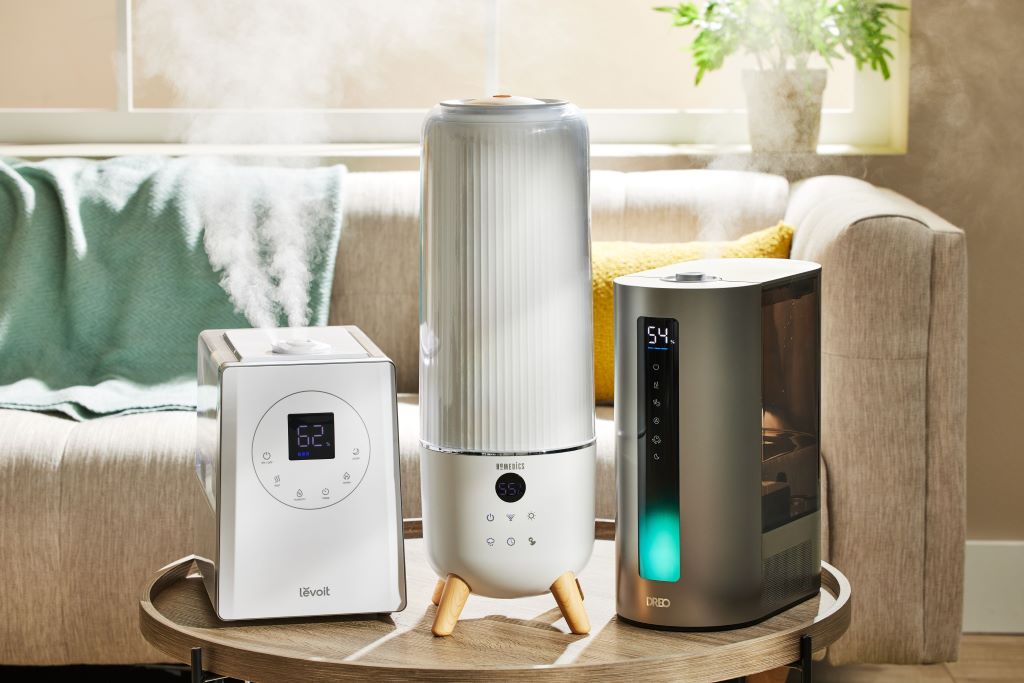
- Room Size: Consider the size of your baby’s room. Humidifiers are often rated by the square footage they can effectively cover. Choose one that’s appropriate for the size of the room.
- Run Time: Look for a humidifier with a long run time, preferably one that can last through the night without needing a refill.
- Noise Level: Babies are light sleepers. Opt for a humidifier with a quiet operation to avoid disturbing your baby’s sleep.
- Filter: Some humidifiers use filters to trap minerals and impurities. Filterless models exist but may require more frequent cleaning.
- Additional Features: Some models offer extra features like night lights, aromatherapy diffusers, or timers. Choose features that align with your needs and preferences.
Related: Humidifier Benefits: Boosting Health and Comfort with Moisture
Using Your Warm Mist Humidifier Safely
- Placement: Place the humidifier on a level, stable surface out of your baby’s reach. Avoid placing it too close to the crib or furniture where your baby might grab it.
- Cleaning: Follow the manufacturer’s instructions for cleaning and disinfecting the humidifier. This should be done regularly to prevent the growth of mold and bacteria.
- Distilled Water: Using distilled or demineralized water can help reduce mineral buildup and prolong the life of your humidifier.
- Monitor Humidity: Use a hygrometer to monitor the humidity level in the room. Ideally, aim for a humidity level between 40-60%.
Important Note: Always consult with your pediatrician if you have concerns about using a humidifier for your baby. They can provide personalized advice based on your baby’s needs and health conditions.
In Summary
A warm mist humidifier can be a valuable tool in providing comfort and relief for your baby, especially during dry seasons. By carefully choosing the right model, using it safely, and maintaining it properly, you can help create a healthier and more comfortable environment for your little one.
